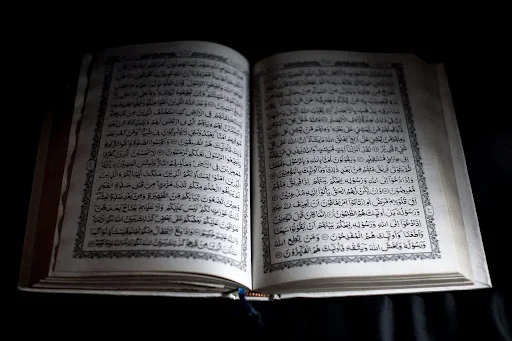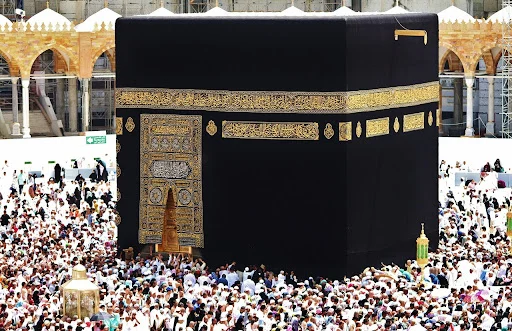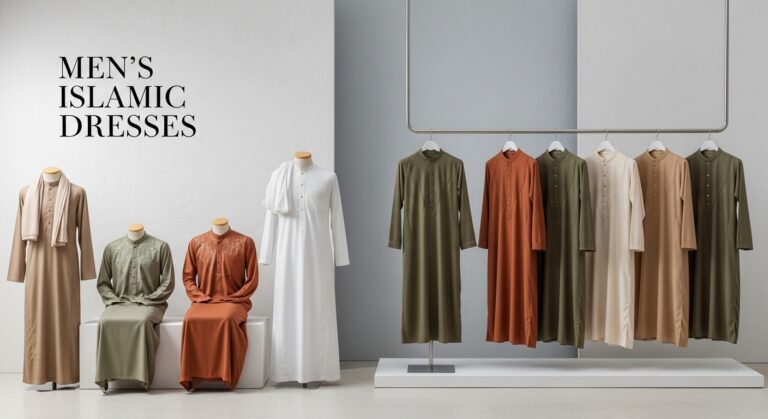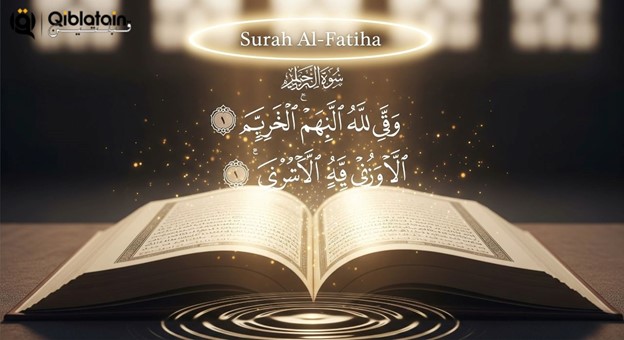Calligraphy in the Haram: A Qur’anic Art Trail Through Makkah and Madinah

Want to know how Islamic history, culture, and the Quran have been kept safe? It’s all thanks to Islamic Calligraphy! It is more than just beautiful writing; it’s a huge part of saving these important things. You can see this in Islam’s two holiest places: Masjid al-Haram in Makkah and Al-Masjid an-Nabawi in Madinah. These holy places are not just for praying. They are like an open museum where verses of the Quran are written, painted, and carved everywhere. You can see them on walls, domes, and mehrabs.
This blog will take you on a trip to see how beautiful Quran writings are as part of the mosques and holy sites in Makkah and Madina.
Why Calligraphy Matters in Islam
No other art form is respected more in Islam than calligraphy. In Islam, people highly respect Calligraphy. This is because Allah says in the Quran:
“taught with the pen, taught man that which he knew not” (Qur’an 96:4).
So, for Muslims, writing is a beautiful way to show their faith. In Islamic art, you generally won’t see pictures of animals and people, especially in holy places. This is because people have huge respect for God, and to make sure people don’t pray to statues and images. This art focuses on nice geometric designs, repeating patterns, and calligraphy (beautiful writing). Because the Qur’an (the holy book of Islam in Arabic) is so important, its verses are often written beautifully. It makes them look good and helps keep their message safe forever.
This special art form, developed over many centuries, was a way to show deep respect. It resulted in distinctive writing styles such as Kufic, Naskh, Thuluth, and Diwani. These weren’t just ways to write; they were made to show how holy the words truly were. Today, many people who get Umrah deals from Montreal are amazed when they see this beautiful writing in Makkah and Madinah.
Calligraphy in the Masjid al-Haram, Makkah
The Masjid al-Haram is home to the Kaaba, which is the direction 1.5 billion Muslims face when they pray each day. The Kaaba is covered by a black cloth (Kiswah). This cover is made from over 670 kilograms of silk every year, and it has important verses from the Qur’an, such as Surah Al-Ikhlas and Ayat al-Kursi, written on it in shiny gold and silver.
The Kiswa is changed once a year during the Hajj. The beautiful writing on it is done in a style called Thuluth, curvy letters that are easy to see from far away. You’ll see verses written on walls, pillars, and domes in different traditional styles inside the Mosque. It is not just decoration; It’s there to always remind visitors that the Quran is everywhere around them.
The King Abdul Aziz Gate is a great example. It has a large display of verses from the Qur’an written above it, using a mix of beautiful Naskh and Thuluth styles of writing. These holy words are carefully put in places where pilgrims gather, walk or rest. This makes sure the Qur’an is always there to be seen and felt spiritually.
Calligraphy in Al-Masjid an-Nabawi, Madinah
The Prophet Muhammad (PBUH) first built Al-Masjid an-Nabawi as a small mosque. Now, it’s a huge place with over 10 tall towers (minarets), and more than one million people can pray there at once.
When you look around the Mosque, you’ll see calligraphy everywhere. You can spot verses on the tall pillars, the curved doorways, and the round ceilings. You’ll find the Prophet’s tomb under the famous Green Dome. It has gorgeous writing all over it, filled with verses and ways to praise the Prophet. When you look over the Mihrab (the place where people pray), there’s a beautiful band of writing. It includes verses like the one from Surah Al-Baqarah (144) that tells the Prophet to face the Kaaba when praying.
You’ll find beautiful writing in Madinah, called Ottoman calligraphy. You can see lots of it in buildings that were renovated a long time ago, around the 1500s. Sultan Suleiman the Magnificent was the one who wanted the most of this fancy work. He had his best writers do the work. They were skilled in Diwani and Thuluth writing. You can still see some of their original work there, which is either protected or has been recreated using new materials.
Final Words
The beautiful calligraphy you see in Makkah and Madinah isn’t just art. It is a part of Islamic belief and history. Each letter and word helps us remember, inspire, and bring people together. Whether it’s your first time or your tenth time entering the Haram, the beautiful words of the Quran written on the walls and domes will always be there to guide you. For many people going on this special journey, especially with Umrah packages, these words feel peaceful and help them think about their faith.




